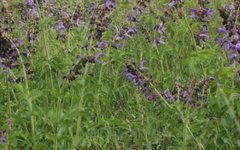
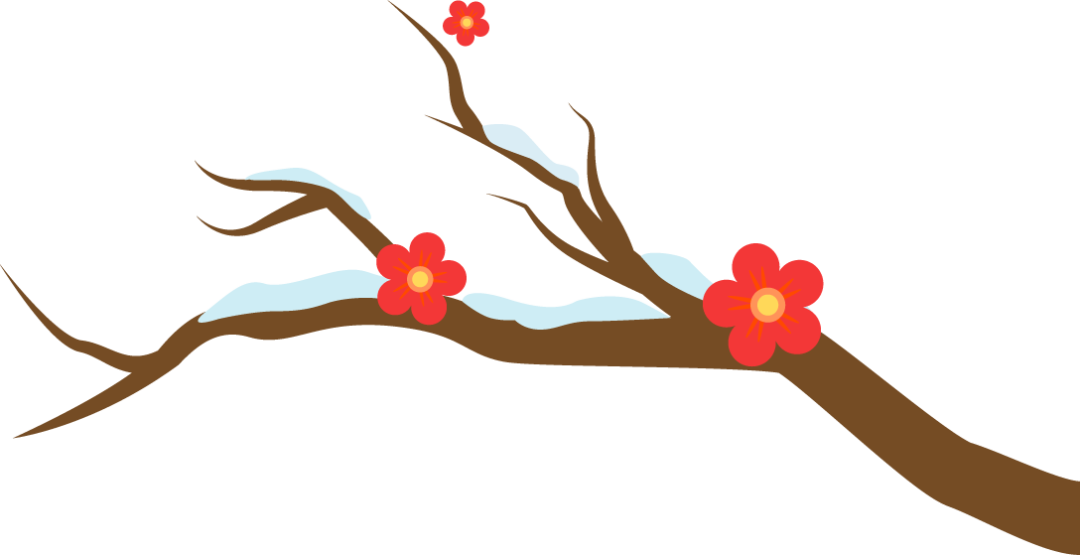
Every
Week
One
Herb
This Week’s Star: Dan Shen


Main Character: Dan Shen
Chinese Name: Dan Shen
Latin Name: Salvia miltiorrhiza Bunge
Other Names: Zi Dan Shen, Hong Gen, Xue Shen Gen, Da Hong Pao, etc.
Part One
Its Appearance
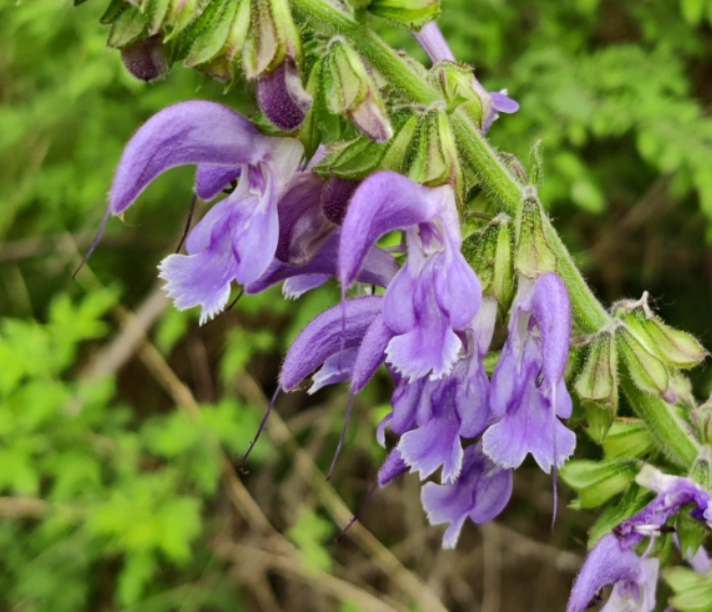
Dan Shen is a perennial erect herb of the Lamiaceae family, growing to a height of 30-100 cm. The entire plant is densely covered with light yellow soft hairs and glandular hairs. The stem is four-angled with grooves and branches at the upper part. The leaves are opposite, odd-pinnate compound leaves; the petiole is 1-7 cm long; the leaflets are usually 5, sometimes 3 or 7, with the terminal leaflet being the largest and the lateral leaflets smaller. The leaflets are oval to broadly oval, measuring 2-7 cm in length and 0.8-5.0 cm in width, with an acute or gradually pointed apex, a base that is obliquely rounded or broadly wedge-shaped, and serrated edges. The whorled inflorescence forms terminal or axillary racemes, with 3-10 flowers per whorl, the lower ones being sparse and the upper ones dense; the bracts are lanceolate, glabrous above and slightly hairy below; the calyx is bell-shaped and purple; the corolla is bilabiate, blue-purple, measuring 2.0-2.7 cm in length, with the upper lip erect and sickle-shaped, slightly cleft at the tip, and the lower lip shorter than the upper lip, with three lobes, the central lobe being longer and larger than the lateral lobes; there are 2 developed stamens that arise from the middle of the lower lip, extending beyond the corolla, and 2 degenerated stamens that are linear, located on either side of the throat of the upper lip, with the anthers degenerated into petal-like structures; the ovary is superior and slightly swollen at the front, with 4 deep lobes, the style is slender, and the stigma is bifid with unequal lobes. The small achene is elongated, turning brown or black when ripe, measuring about 3.2 cm in length and 1.5 mm in diameter, enclosed in the persistent calyx.

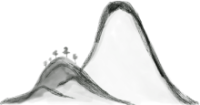
Part Two
Its Efficacy
First
Flowering Period
Flowering from May to September, fruiting from August to October.
Second
Distribution
Grows on the slopes of Meichi Village, Suohe Street, Caidian District, in grassy undergrowth or by streams.
Third
Medicinal Properties
Used medicinally are the dried roots and rhizomes. Harvested in spring and autumn, the stems and leaves are removed, cleaned, soaked, cut into thick slices, and dried. It has a bitter taste and a slightly cold nature; it has the effects of invigorating blood circulation, regulating menstruation, dispelling blood stasis and alleviating pain, cooling the blood and reducing abscesses, and calming the mind. It is primarily used for irregular menstruation, dysmenorrhea, postpartum abdominal pain due to blood stasis, chest pain due to blood stasis, abdominal pain, masses, traumatic injuries, rheumatic pain, sores and abscesses, febrile diseases with delirium, and palpitations with insomnia.






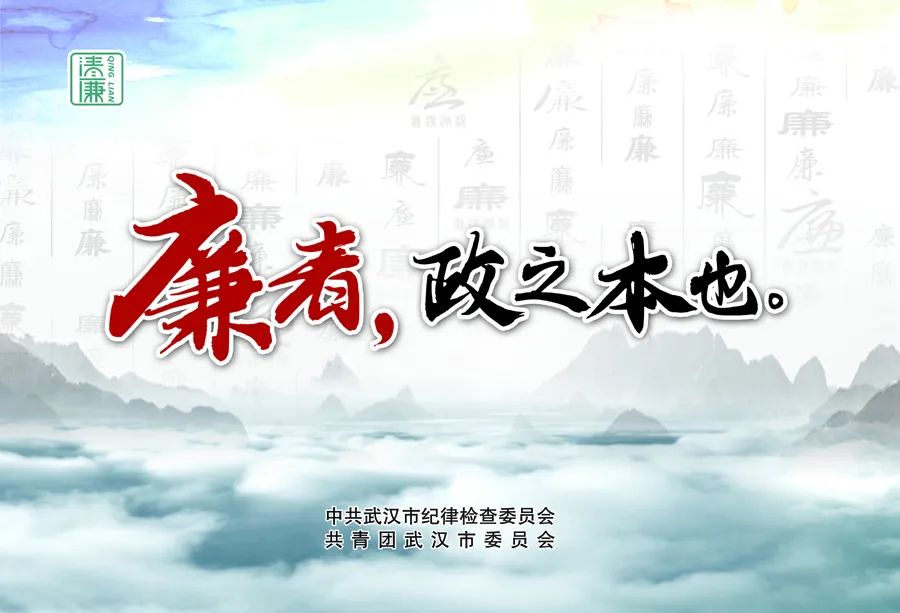
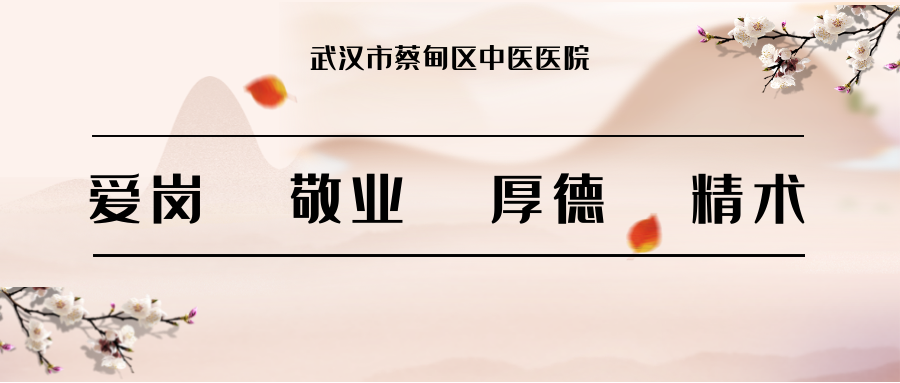

2024

Scan the QR code | Follow us
Medical guidance phone:
027-84943945
Your personal TCM health consultant
Address: 516 Xinfulu, Caidian Street, Caidian District, Wuhan
Text and images: Pharmacy Department, Caidian District Traditional Chinese Medicine Hospital

